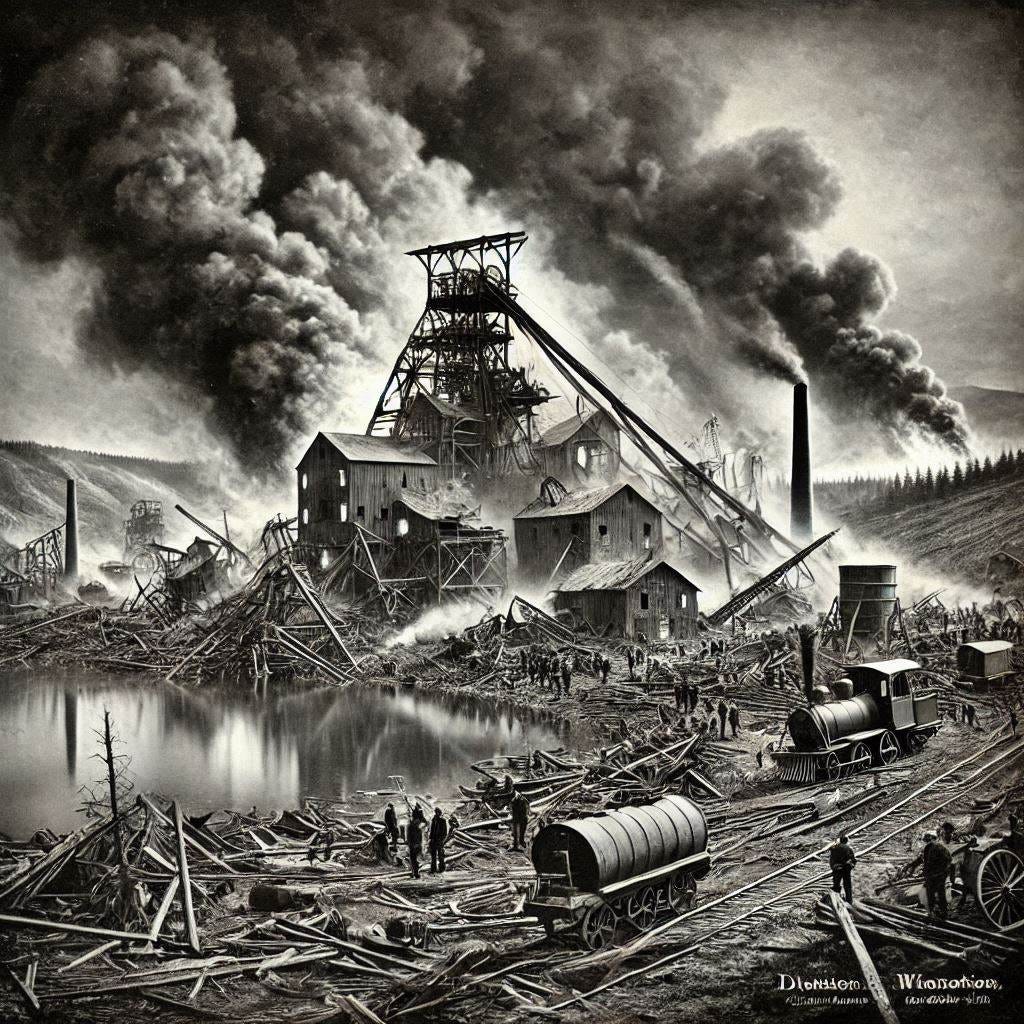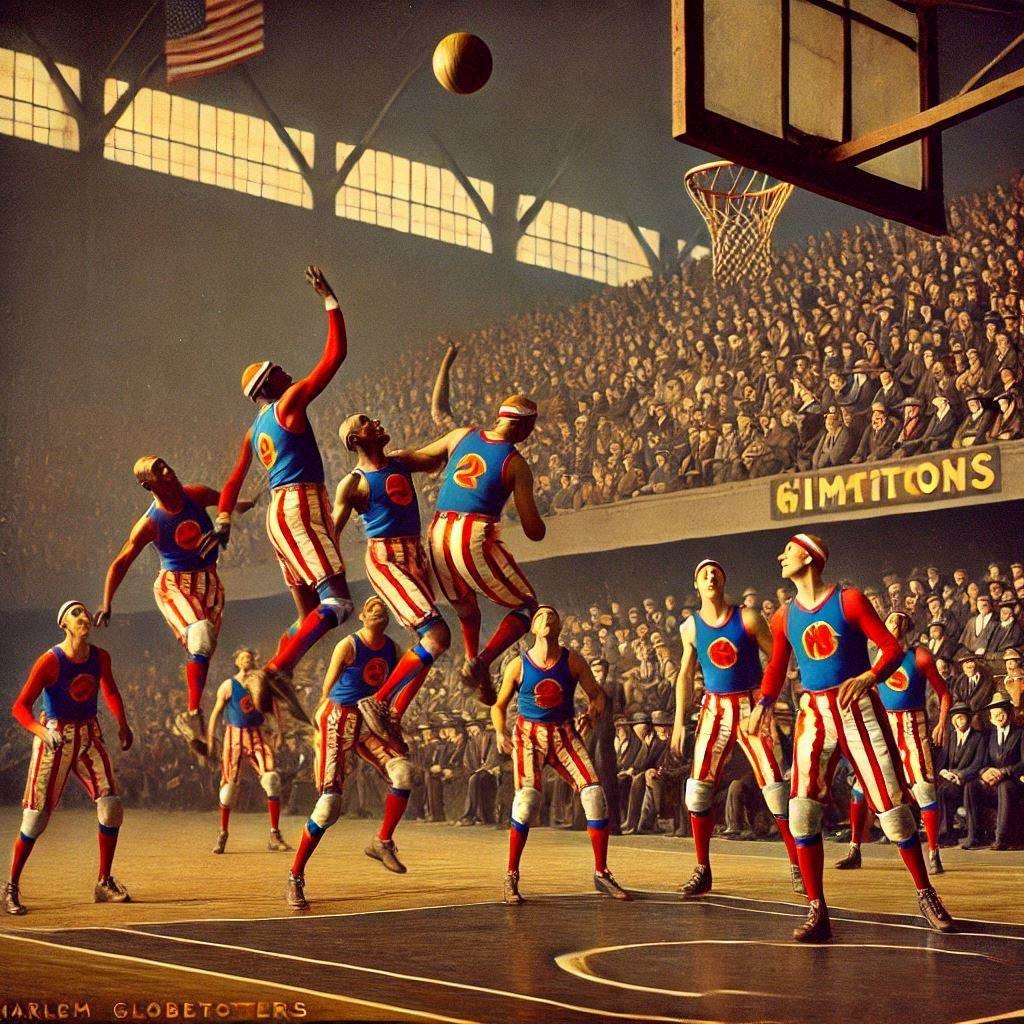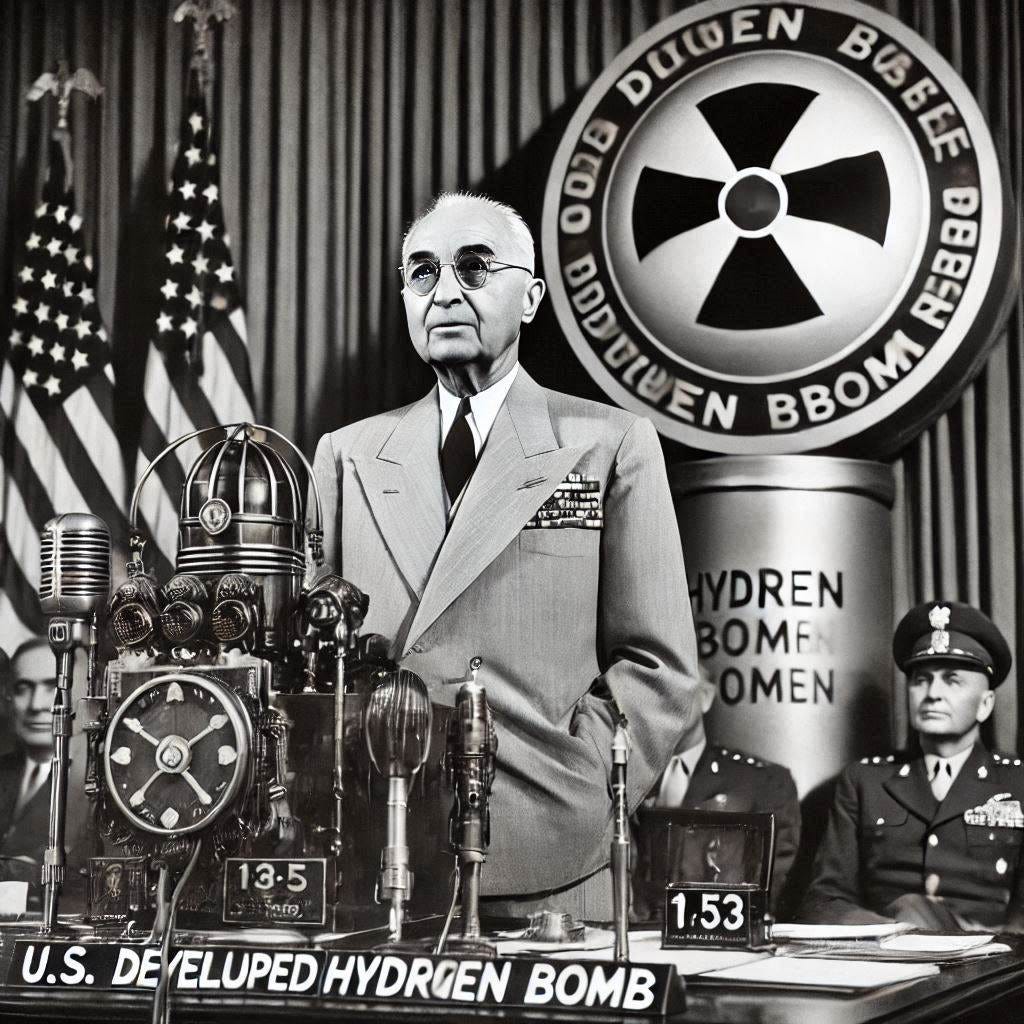1785 — Floating Pantsless to France
An international duo, American John Jeffries and Frenchman Jean-Pierre Blanchard, were the first to cross the English Channel by air when they rode in a balloon from England to France on this date in 1785, shortly after the American Revolution ended and shortly before the French Revolution began.
It was not a “breeze,” though: at least partly due to the fact that they weighed their airship down with superfluous supplies, such as anchors, a (nonfunctioning) hand-operated propeller, and silk-covered oars which they thought they could use to row through the air as if they were in an airborne canoe. The two adventurers almost crashed into the channel because of this dead weight and, in what was probably an overreaction, Blanchard was literally scared out of his pants, which he took off and threw overboard in order to lighten the weight in the balloon as much as possible.
Questions: What was the response of the residents of Calais, France, when the dynamic duo landed there? Did they embark on any further adventures together? Are Blanchard’s britches ensconced in a museum somewhere? How much did they weigh? 1892 — Preventable Mine Disaster in Oklahoma
Oklahoma’s deadliest mine disaster took place on this date in 1927 in a coal mine in the small town of Krebs, Oklahoma due to hazardous conditions tolerated in the mine because the owner cared more about profits than people and because those desperate enough to work in the mine were often inexperienced migrants, mostly of Italian and Russian descent. Around 100 died in an explosion and 150 more were seriously injured, directly affecting virtually every household in Krebs. Another reason conditions were dangerous in the mine was that much of the land on which the mine was located belonged to Native Americans, and for that reason safety regulations did not apply there.
Questions: Does a coal mine continue to operate in that location? Who was the owner of the mine, and what repercussions did the disaster have on him or them personally or financially? How did the authorities respond to the event? What happened in the year 2002 in connection with this disaster?1927 — Harlem Globetrotters Play Their First Game
In 1927, the Harlem Globetrotters (initially called the Savoy Big Five) played their first game 48 miles from home in Hinckley, Illinois. Yes, although their red, white, and blue uniforms said “New York” on them, the team was not based in Harlem, which is over 800 miles from Hinckley, but Chicago.
Blacks were not allowed on professional basketball teams at that time, so Abe Saperstein put the team together. Nicknames of some of the players on that first incarnation of the Globetrotters included “Fat,” “Kid,” “Runt,” and “Toots.”
As the Globetrotters barnstormed the country, they introduced basketball to many residents of the Midwest, many of whom had never before seen the game played.
Questions: When and where did the Globetrotters play their first game out of the country (in other words, when did they first actually trot the globe)? Which television show or shows featured a cartoon version of the Globetrotters? What was Meadowlark Lemmon’s real name? Which other Globetrotters can you name? When and where and by whom was Basketball invented? What was used for the first basket? When did the NBA first allow black players? In what year did the Globetrotters play in Harlem for the first time? What connection did Wilt Chamberlain have with the Globetrotters?1953 — President Truman’s H-Bomb
After directing the Atomic Energy Commission three years earlier to do so, Harry Truman announced on January 7, 1953, that America had developed a Hydrogen bomb.
Questions: What provoked Truman to have a Hydrogen bomb developed? Did America ever drop an H-bomb? If so, where, when, and why? How powerful are the H-bombs of the 1950s compared to the Nuclear weaponry of today? Do they still exist? Prior to the H-Bomb, what was the deadliest bomb available, and which countries had them?








